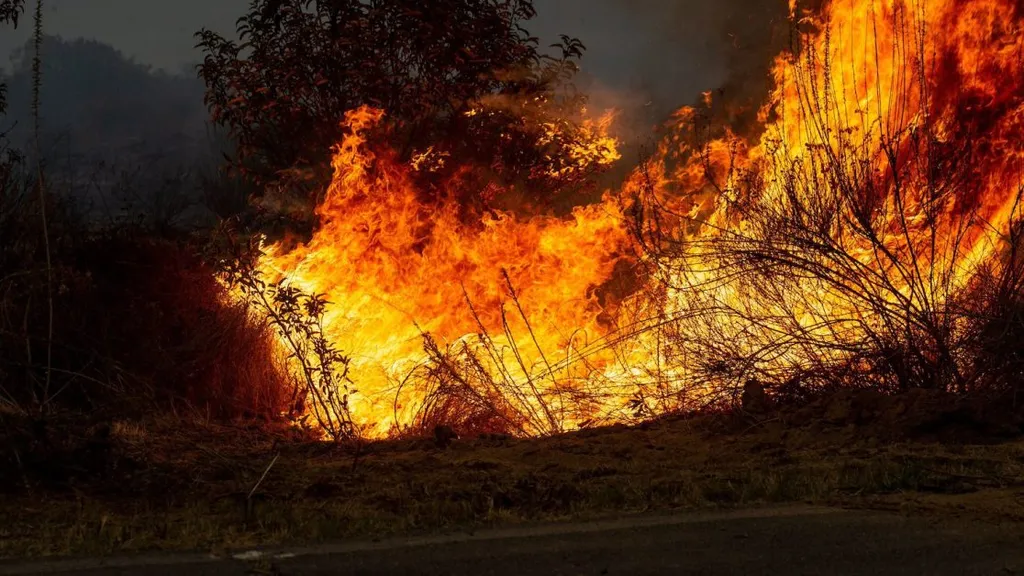In the heart of California, where the golden fields meet the wildfire-prone landscapes, farmers and ranchers are weaving a social fabric that could redefine disaster resilience. A recent study published in the journal *Frontiers in Sustainable Food Systems* (translated to English as “Frontiers in Sustainable Food Systems”) sheds light on how mutual aid, cooperation, and collective action among producers are shaping their ability to adapt to wildfire threats. Led by Natalia Pinzón from the Department of Human Ecology at the University of California, Davis, the research offers a compelling narrative of community strength in the face of climate-induced disasters.
The study, which surveyed 403 producers directly impacted by wildfires between 2017 and 2023, reveals that farmers deeply integrated into their communities demonstrate a higher capacity to adapt to wildfire threats. “We found that the strength and durability of farmers’ community ties may be a critical factor in their ability to innovate and apply effective risk management strategies,” Pinzón explains. This social fabric—an intricate web of social relationships—enables resource sharing, knowledge dissemination, and motivation, all of which are vital for resilience.
The research highlights several key factors that influence adaptive behaviors among farmers and ranchers. Knowledge, for instance, emerged as a central driver. Frequent wildfire exposure enhances experiential learning and confidence in risk management. “Farmers who are deeply integrated into their communities and actively participate in mutual aid demonstrate a higher capacity to adapt to wildfire threats,” Pinzón notes. This suggests that the strength and durability of farmers’ community ties may be a critical factor in their ability to innovate and apply effective risk management strategies.
Ecological and diversified farming practices, alongside direct-to-consumer markets, were associated with higher rates of adaptation and stronger social networks. Financial and land ownership factors, including access to social safety nets and off-farm income, further supported long-term mitigation efforts. However, the cumulative burden of adaptive actions, compounded by social influences like peer decisions to quit farming, led some producers to consider exiting agriculture, exposing vulnerabilities within the food system.
The study’s findings have significant implications for the energy sector, particularly in terms of commercial impacts. As wildfires become more frequent and intense due to climate change, the resilience of agricultural systems becomes crucial. Strengthening farmer networks through cooperative models, such as fire-safe councils and farmer-led preparedness groups, could enhance overall resilience. Incentivizing sustainable practices like agroecological and mosaic landscapes could also buffer wildfire impacts and promote resilience.
Pinzón’s research suggests that agriculture represents an underexplored but critical facet of broader wildfire resilience. By highlighting the interplay between social fabric, adaptive capacity, and sustainable agriculture, the study contributes to the discourse on food system resilience. As climate change continues to pose threats, the lessons learned from California’s farmers and ranchers could shape future developments in disaster resilience strategies.
In the words of Pinzón, “Agriculture is not just about producing food; it’s about building communities that can withstand and adapt to the challenges posed by climate change.” This perspective underscores the importance of social networks and collective action in fostering resilience, offering a blueprint for future developments in the field.

